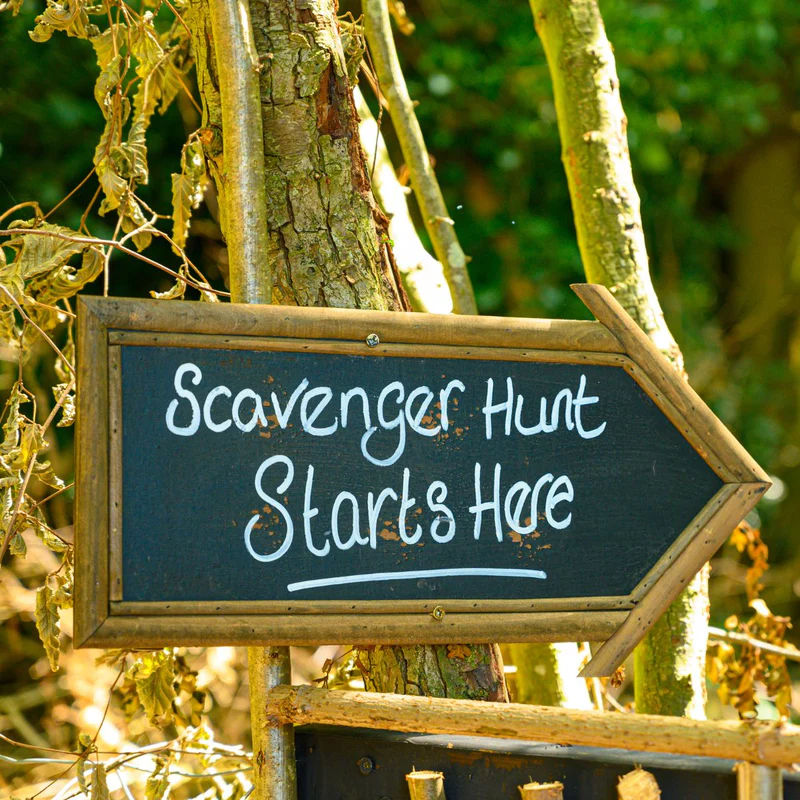888Southern Hound
Southern Hounds were historically used in rural environments where they had plenty of space to roam and hunt. They were best suited for homes with large yards or access to open areas and did well in rural settings.
Useful Fact: Due to their large size and need for exercise, Southern Hounds were not ideal for small living spaces or urban environments.
A balanced diet rich in high-quality proteins, fats, and essential nutrients was crucial for the Southern Hound. Their diet needed to support their large size and active lifestyle.
Useful Fact: Monitoring portion sizes and providing a diet appropriate for their age, weight, and activity level helped prevent obesity and maintain optimal health.
Southern Hounds were generally healthy dogs, but like many large breeds, they could be prone to specific conditions such as hip dysplasia and bloat (gastric dilatation-volvulus).
Useful Fact: Regular veterinary check-ups and maintaining a healthy weight could help detect and prevent common health issues.
The Southern Hound had a short, dense coat that was relatively low-maintenance. Regular brushing helped keep their coat healthy and reduced shedding.
Useful Fact: Bathing was done as needed, typically when the dog was dirty or had a strong odor.
Southern Hounds were intelligent but could be somewhat stubborn and independent. Consistent, positive reinforcement methods worked best for training.
Useful Fact: Early socialization and obedience training were crucial to developing good behavior and ensuring they were well-adjusted adults.
Interactive toys, puzzle games, and activities that stimulated both their mind and body were ideal for keeping a Southern Hound entertained.
Useful Fact: Southern Hounds enjoyed activities that challenged their natural scenting instincts, such as tracking games and scent trails.
Ensuring a secure home and yard was important for Southern Hounds, as they had a strong prey drive and might wander if they caught an interesting scent.
Useful Fact: Proper fencing and supervision during outdoor activities could help prevent the dog from wandering off.
Sturdy collars, harnesses, and leashes were necessary for daily walks. Grooming tools like brushes and nail clippers were also essential.
Useful Fact: High-quality, durable chew toys could help maintain their dental health and provide mental stimulation.
Early and regular socialization with other dogs, animals, and people was crucial for a well-rounded Southern Hound. This helped in developing a friendly and confident demeanor.
Useful Fact: Regular socialization helped reduce shyness or aggression, making them more adaptable to various environments.
Southern Hounds adapted well to travel, but ensuring they were comfortable and secure in a car or crate was important for safety.
Useful Fact: Gradual introduction to car rides and providing familiar toys or blankets could ease travel anxiety.
Southern Hounds were known for their loyal, gentle, and intelligent nature. They thrived on companionship and mental stimulation, making them loyal and engaging pets.
Useful Fact: Mental exercises, such as learning new tricks and participating in scent-based activities, could prevent boredom and associated behavioral issues.
Owning a Southern Hound might have required specific licenses or adherence to local regulations regarding pet ownership. Ensuring the dog was registered and vaccinated according to local laws was important.
Useful Fact: Familiarizing oneself with breed-specific legislation in the area could help avoid any legal complications.




